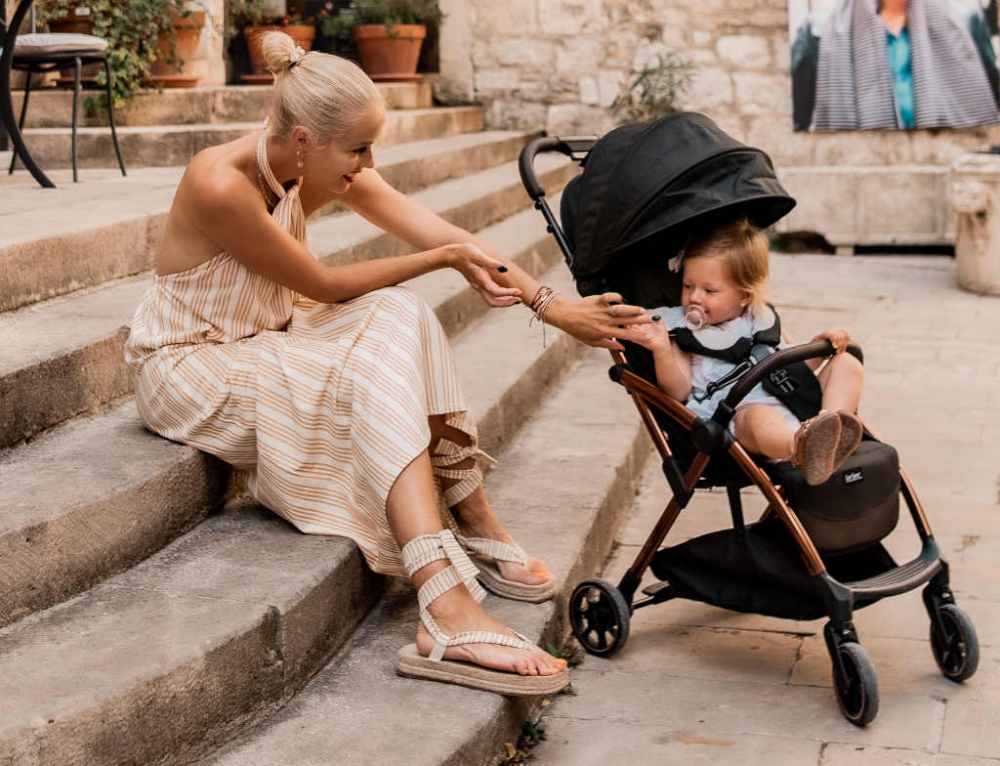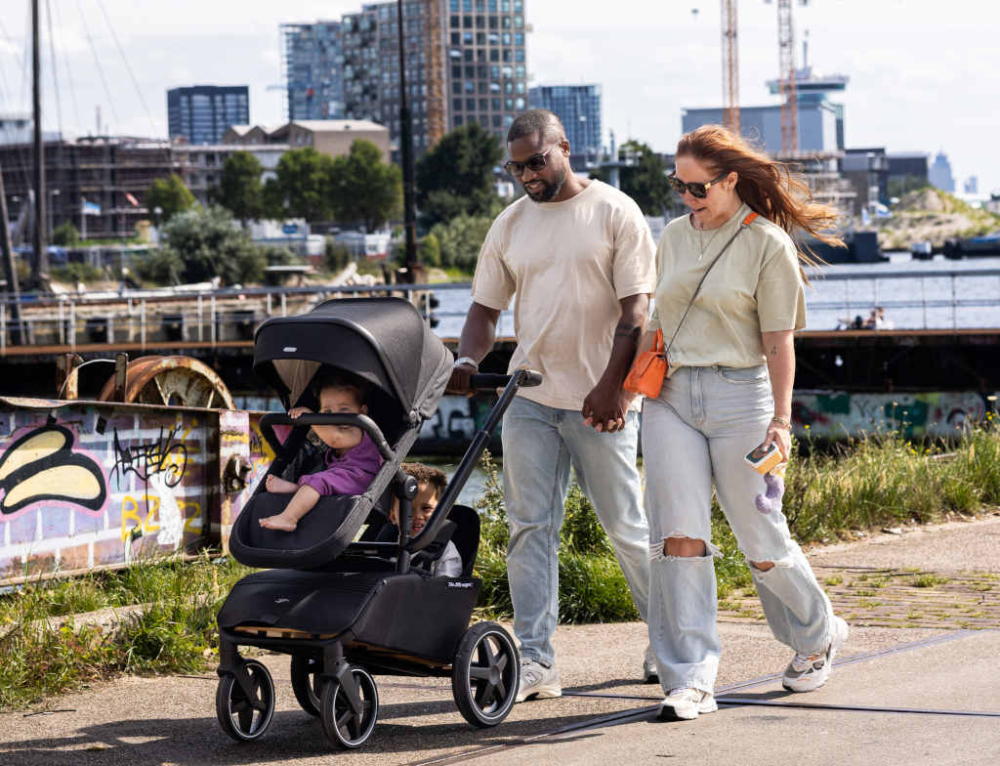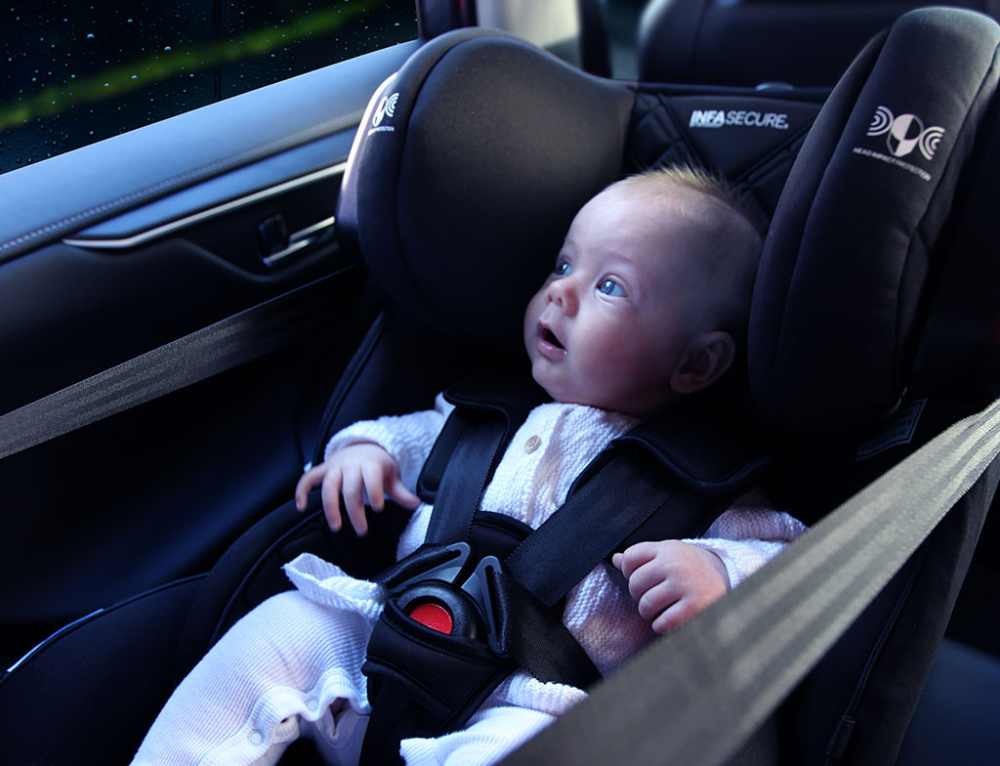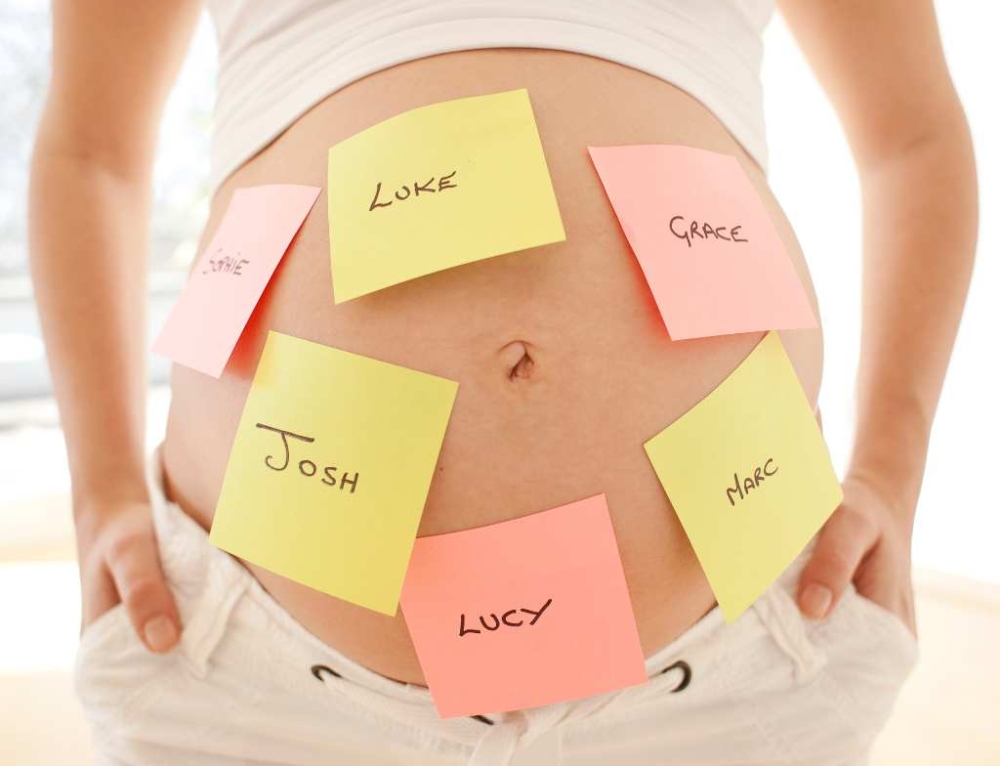Just when you thought your labour and birth was all over and all you need to focus on is enjoying seeing your baby for the first time, along comes the third stage of labour.
This is the stage of labour when you deliver the placenta. Immediately after the baby has been born, your contractions will stop and then resume after a few minutes but with much less discomfort. This time, the contractions are causing the placenta to peel away from the wall of the uterus and drop down into the bottom of the womb.
You will probably feel the urge to push or, if you have had an epidural, the midwife will coach you through it. The placenta will pass down and out through your vagina with the membranes of the empty bag of waters attached. Your midwife will examine it carefully to make sure that nothing has been left behind and she will also feel your belly to check that your uterus is contracting hard. These hard contractions ensure that the bleeding stops from where the placenta was attached.
Delivery of the placenta usually takes between five-15 minutes but can take up to an hour. Delivering the placenta does not feel the same as delivering the baby, so don’t worry. You’ve been through a lot but now it’s time to be a mum.
Given the significance of the placenta in your baby’s life – it was your baby’s life-support system and has supplied your baby with nutrients, as well as taken waste products away as your baby has grown inside you – some parents find the placenta fascinating and are keen to have a closer look. Some parents also have plans for a family ritual – perhaps planting it in the garden with a commemorative tree growing over it. Be sure to discuss your own plans with the medical staff during the delivery.
Circumstances that may require help can include:
- The placenta not separating
- Breaking the cord – if the caregiver is performing a controlled cord tractions to deliver the placenta the cord can break or snap. This is more of a nuisance than a problem.
- The placenta being held in the cervix – once the baby is born the cervix closes down to a certain degree, but remains partially open to allow the placenta to be born. Occasionally the placenta can be ‘held up’ in the opening of the soft cervix and may require some gentle assistance to be completely expelled.
- The membranes being held in the cervix – The membranes are attached to the placenta, but are like delicate sheets of tissue that are expelled behind it. Occasionally the friable membranes (or sac) will remain held in the cervix, being possible for the membranes to tear and / or be partially left inside the uterus, if not eased out gently.
If the membrane is retained it will normally come away on its own in the first couple of days after the birth, but occasionally it can cause heavier bleeding or possibly an infection in the uterus if not eventually expelled.
This article was written by Claire Halliday for Kidspot NZ.







Leave A Comment
You must be logged in to post a comment.